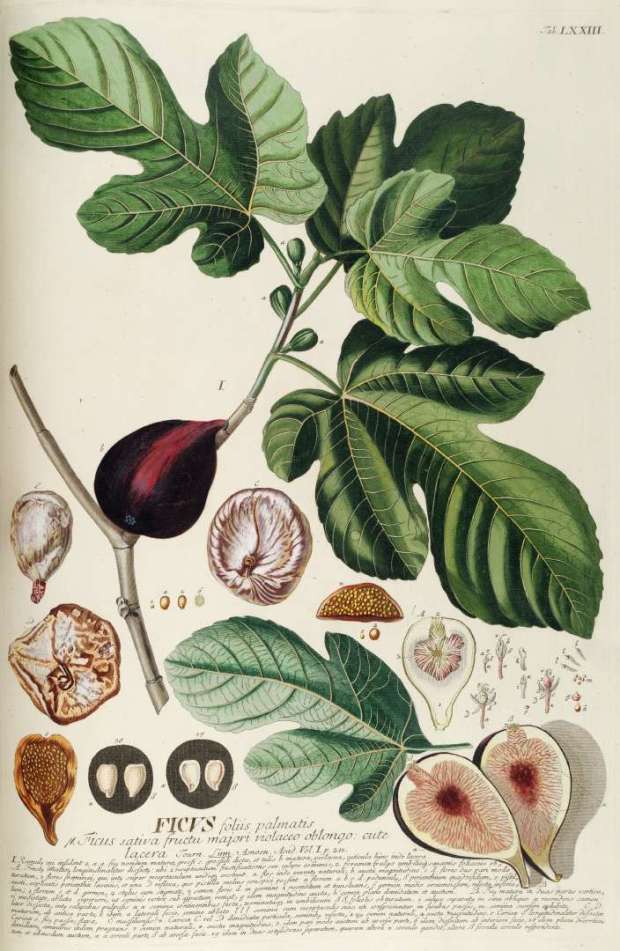Why so many English words in Kamloops Wawa #53?
What do you think?

Image credit: Wikipedia
There’s what seems an unusual amount of English words in issue #53 of the Chinook Jargon newspaper “Kamloops Wawa” (November 20, 1892).
Why?
I’ll highlight them for you in orange.
Page 82:
…iawa pus
‘…then if’klaksta man wawa kopa maika: Chako nanich Kraist
‘someone tells you, “Come see, Christ’iaka mitlait iakwa, or iaka mitlait iawa…
‘is here, or he’s there”…’… … …
pi son chako dark pi mun ilo pahlach lait,
‘and the sun will get dark and the moon won’t give light,’
in the NT paraphrase, the parable of the budding fig tree on page 83:
…kopa fig olali
‘…from a fig tree’stik msaika komtaks kata iaka drit naika wawa: pus
‘you’ll know how my words are true; when’msaika nanich ukuk fig olali stik iaka chako soft,
‘you see that fig tree getting soft,’pi iaka tipso chi chako klahani msaika komtaks
‘and its leaves just budding, you’ll know’wik saia wam ilihi
‘it’s nearly summer’
The word or is known to us from Grand Ronde’s southern-dialect Chinuk Wawa, in Oregon, albeit only from recent elders. Or is very rare in documents of the northern dialect.
